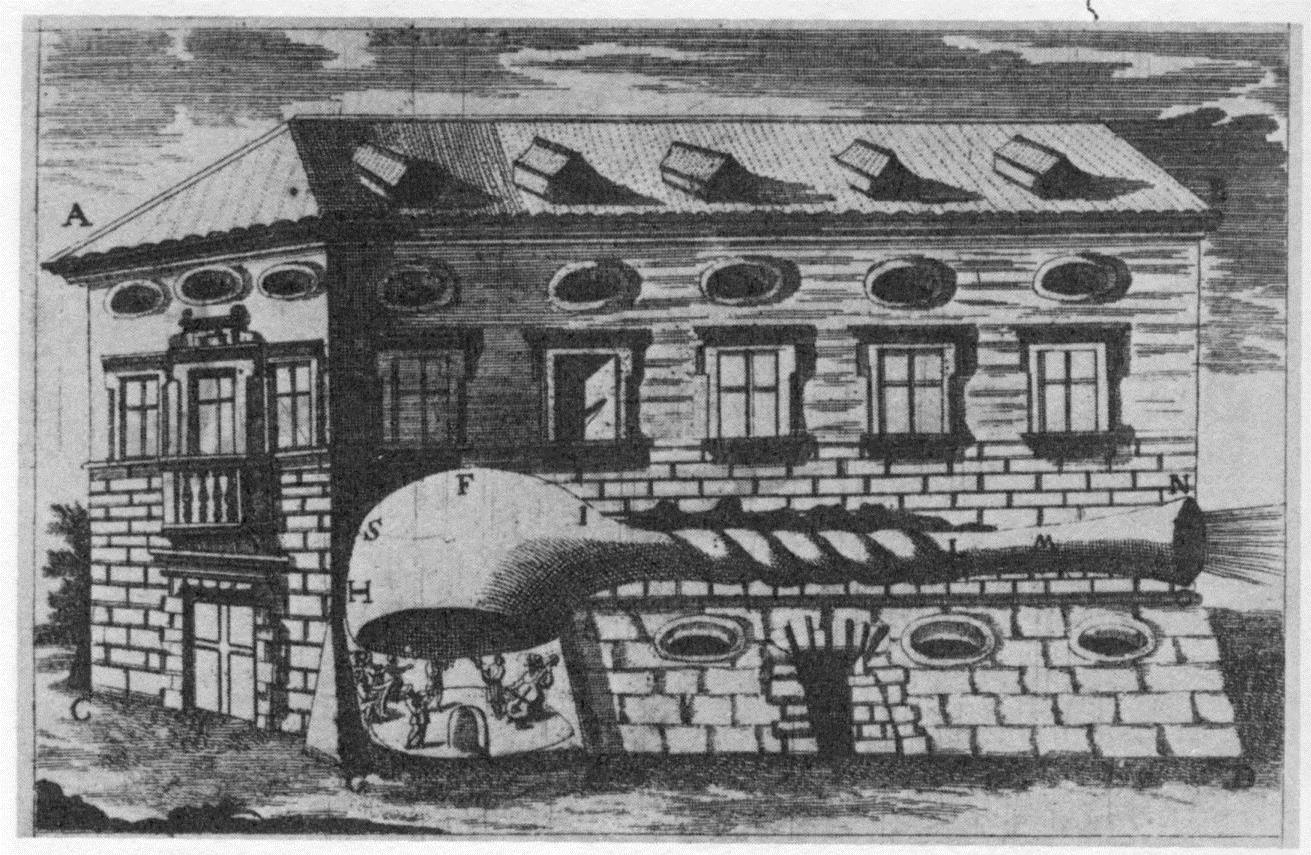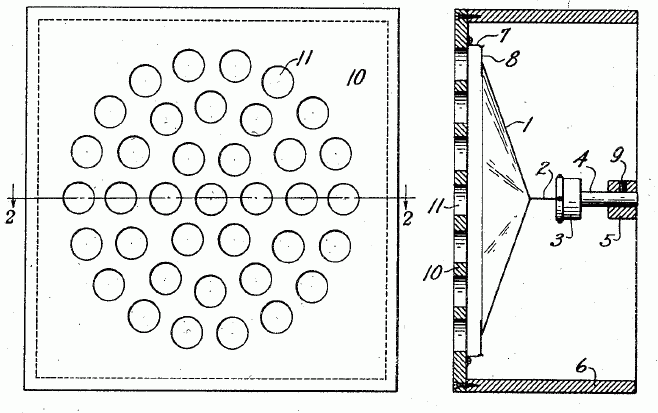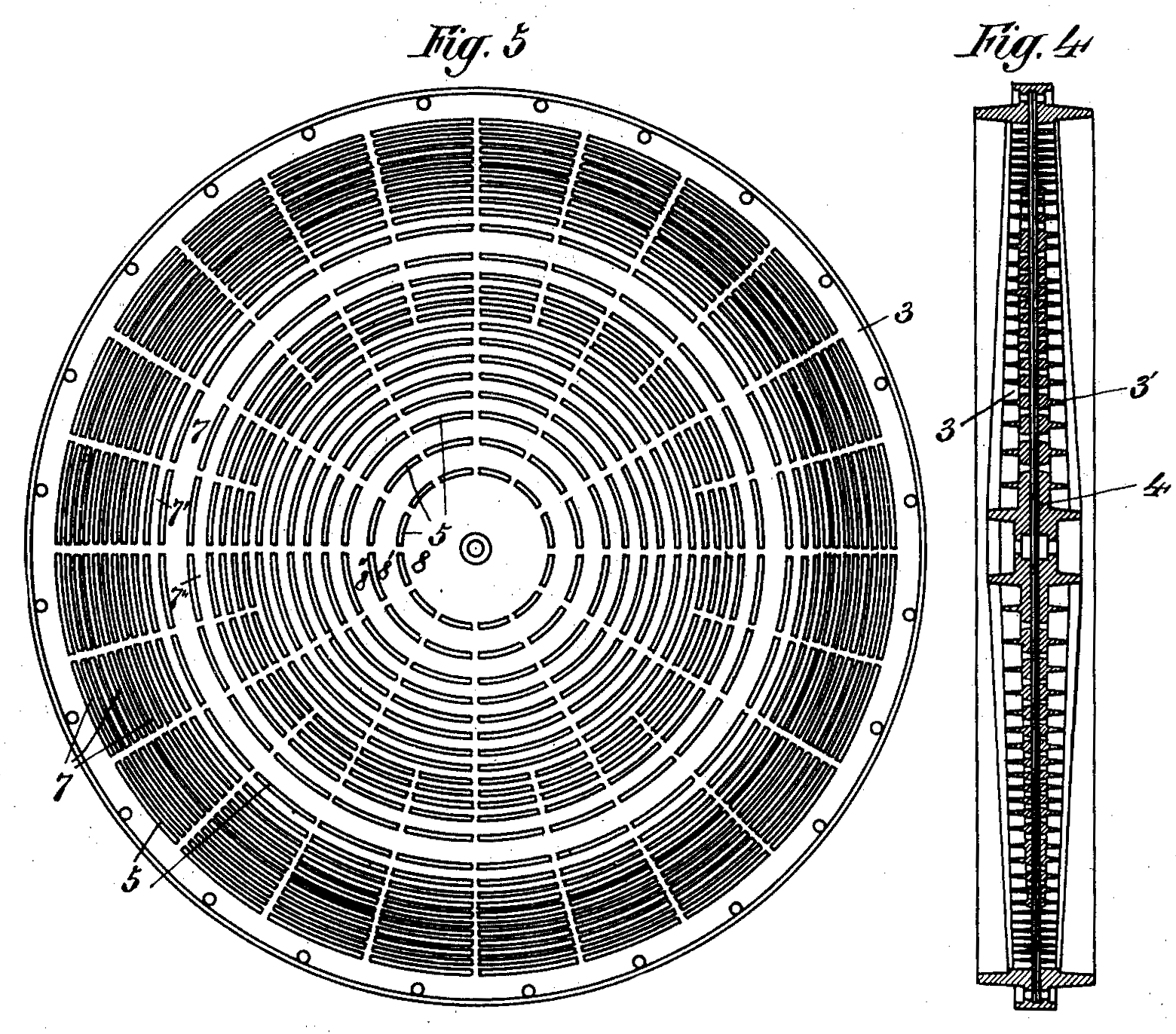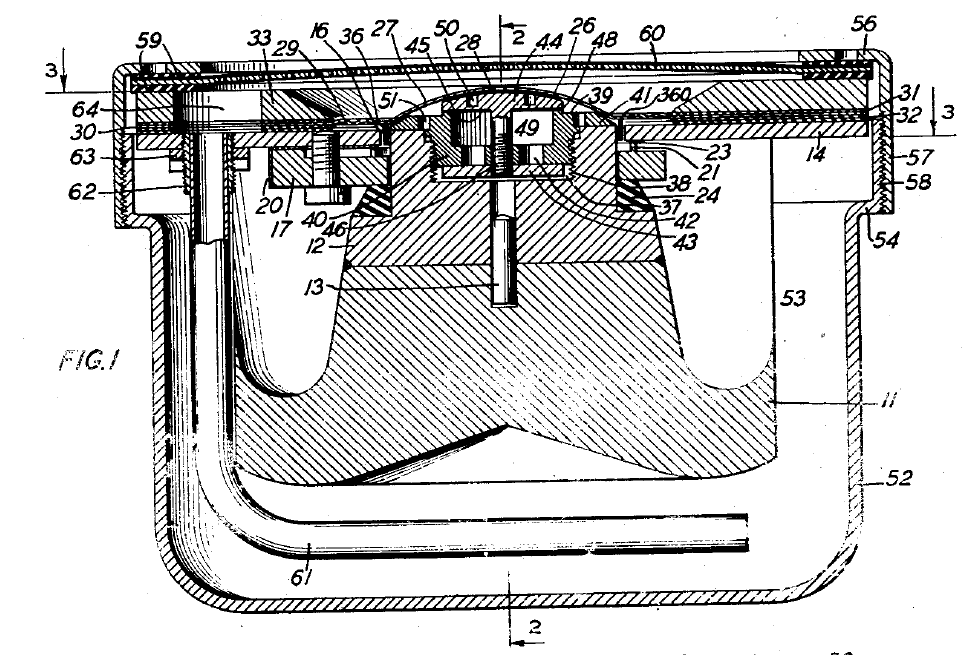It is hard to tell when horns first were used. They have been in use for thousands of years as instruments, and man must early have discovered the amplifying effect of a pair of cupped hands in front of his mouth, or behind his ears. Ear trumpets were early implementations of this, and the first hearing aids.
Horns were used on phonographs and gramophones from the start. This was the only way to get the required volume from the tiny motions of the needle. The theoretical understanding of horns was still small though, and most of the work was experimental. Early models used conical horns, but as theory progressed, the superiority of the exponential horn was recognized.
Read more…A brief history of electroacoustics, pt. 8:
Horns: Early development









